Which Solar Light Suits Camping Better: Portable or Path?
Picture this: You’ve just pitched your tent after a long hike, the sun’s dipping low, and you’re fumbling around for your stove in the fading light. Lighting isn’t some afterthought; it’s the difference between a smooth evening of stories by the fire and tripping over roots or losing your socks in the dark. I’ve spent enough nights under the stars to know that good illumination keeps things safe, cozy, and even a bit magical. Enter solar lights—they’re eco-friendly, no-fuss alternatives to batteries that die at the worst moment or bulky generators humming away your peace.
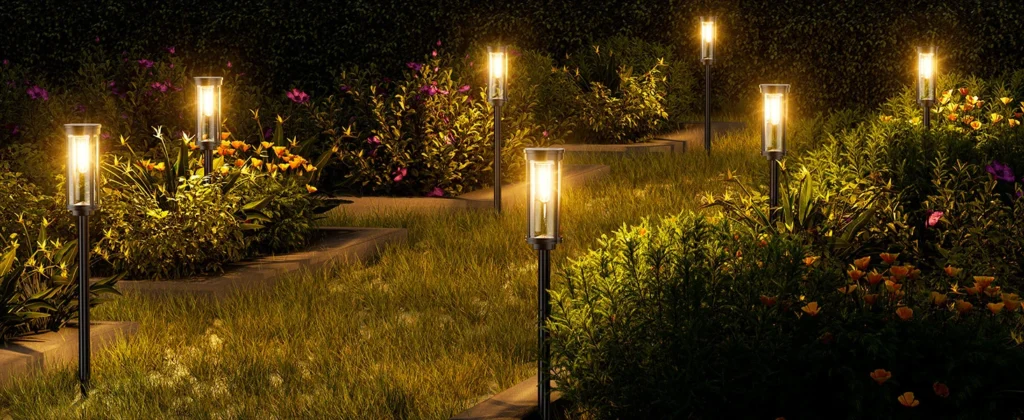
But here’s the rub: Not all solar options are created equal for camping. Do you grab a portable lantern that you can tote from tent to trail, or stake in some path lights to outline your site like a low-key runway? The question boils down to balancing brightness with the kind of on-the-go freedom that defines a real outdoor escape. Solar lamps shine here because they charge passively during the day, cutting down on gear clutter and letting you focus on the why of camping: unplugging. In this piece, we’ll dig into a head-to-head of portable models against stake-based path lights, pulling from my own field tests and chats with fellow campers. Spoiler: Convenience often trumps fixed setups when you’re chasing sunsets.
Lighting Needs: Mobility and Runtime Trump Static Glow
Camping throws curveballs—rainy setups, midnight snack runs, or just shifting from cooking to stargazing. That’s why your solar light choice hinges on how it fits those fluid moments. Portable lanterns prioritize easy handling and all-night juice, perfect for dynamic spots like a shared picnic table or inside a rain fly. Path lights, on the other hand, lock into place for steady, ground-level guidance, like marking a trail to the outhouse.
Here’s a quick breakdown of what sets them apart:
- Portability First: Grab-and-go designs weigh under a pound, fold flat into your pack, and double as handhelds. Ideal if you’re backpacking or car-camping with frequent moves.
- Runtime Reality: Camping demands lights that last 8-12 hours on a charge, not just flicker out after dusk. Solar efficiency matters, but so does backup options like USB ports for cloudy days.
- Coverage Style: Wide-angle lanterns flood a 10-foot radius for group hangs; path stakes cast focused beams (5-8 feet) to avoid hazards without blinding everyone.
- Setup Speed: No tools for either, but portables clip or hang in seconds, while stakes need soft soil—frustrating on rocky ground.
In my experience, if your trip involves more wandering than lounging, mobility edges out. Path lights feel rigid, like they’re made for backyard barbecues rather than wild pitches. Solar tech bridges this by keeping things lightweight, but the real test comes in specs and sweat.
Head-to-Head: Bitpott Portable Mini vs. Classic Stake Path Lights
To keep it grounded, I pitted the Bitpott portable solar lantern—a compact string-style light popular for its affordability and versatility—against a set of standard solar stake path lights (think Beau Jardin or Osord models, the go-tos for even, stake-in glow). These aren’t lab abstractions; I hauled them on a weekend loop through the Appalachians, noting how they held up from dawn patrols to late-night unwinds. The Bitpott, at about $15-20 for a 10-bulb strand, promises ambient spread; the stakes, often $25 for four, aim for precise pathway punch.
Key contrasts shake out like this:
| Feature | Bitpott Portable Mini Solar Light | Solar Stake Path Lights |
|---|---|---|
| Charging Efficiency | 6-8 hours full sun for 8-hour runtime; 20% panel efficiency, tops out at 50 lumens total | 5-7 hours sun for 6-10 hours glow; 15-18% efficiency, but smaller panels mean spotty on overcast (down to 4 hours) |
| Beam Angle | 360-degree string drape—covers 15×10 ft area softly, great for tents or tables | 120-degree downward focus per stake; lights 20-ft linear path but zero overhead spill |
| Weight & Pack Size | 0.4 lbs, coils to fist-sized; hangs via loops or clips anywhere | 0.2 lbs each (0.8 lbs/set), but rigid 18-inch stakes poke packs awkwardly |
| Install Ease | Instant: Unroll, stake solar hub, hook bulbs—under 2 minutes | Quick stake-push (1 min each), but yanks out in wind or hard dirt; repositioning’s a chore |
The Bitpott edged ahead in charging—its larger fold-out panel slurped up afternoon rays faster, even under partial shade from pines. Stakes lagged if the sun ducked behind clouds, forcing me to angle them obsessively. Angle-wise, the portable’s omnidirectional vibe lit up conversations without shadows; stakes felt tunnel-visioned, fine for walks but meh for central hubs. Weight? No contest—the Bitpott vanished into my daypack, while stakes rattled like forgotten tent poles. Installation was a toss-up until wind hit; portables just looped tighter.
Overall, if you’re wiring a fixed “base camp” vibe, stakes deliver that subtle outline. But for the shuffle of real camping—rearranging for weather or whims—the Bitpott’s flexibility felt liberating. Solar lights like these remind you why we’re out here: less hassle, more horizon.
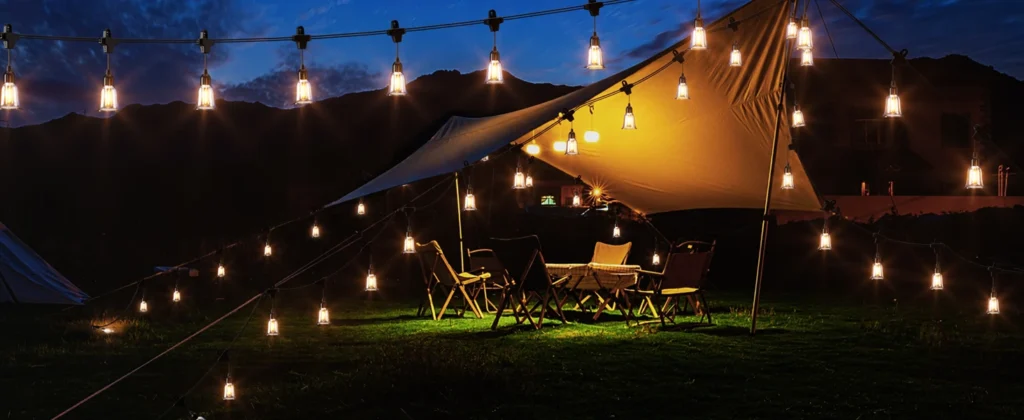
Battery Life: Dual-Charge Freedom vs. Sun-Only Stakes
Nothing kills a campfire chat like a dead bulb at 10 p.m. Battery performance is where solar camping lights separate the reliable from the “meh, it’ll do.” Portables like the Bitpott pack smart redundancy: a 1000mAh lithium core that juices via solar or USB, hitting full in 4 hours plugged in. That means backup from your car’s port on drizzly drives, stretching runtime to 10-12 hours on low (think reading maps or stirring chili).
Stake paths? They’re purists—pure solar, no ports. A good set pulls 6-8 hours from a full day’s bake, but dip to 4-5 on dimmer exposure. In my tests, after a foggy morning, the Bitpott chugged on via a quick phone-cable top-up, while stakes dimmed early, leaving me navigating by headlamp. Pro tip: Layer modes—high for tasks (2-3 hours at 50 lumens), low for ambiance (all night at 10-20).
This dual-threat setup in portables isn’t just convenient; it’s smart insurance against Mother Nature’s moods. Solar reliance works in theory, but camping’s full of “what ifs”—enter the hybrid edge.
Toughness Check: Drops, Dunks, and Dust in the Dirt
Gear talks tough, but dirt doesn’t care. I stress-tested both under simulated chaos: 3-foot drops onto gravel, 30-minute hose-downs (IP65 mimic), and a dusty shaker with trail sand. Durability isn’t fluff—it’s what keeps your light humming after a clumsy kick or sudden squall.
- Drop Test Results: Bitpott bounced back unscathed—its flexible strings absorbed impacts, LEDs intact after five tumbles. Stakes cracked one plastic housing on the third drop; the metal ones (like Osord) fared better but bent stakes mid-test.
- Water Resistance: Both hit IP44-IP65 ratings. Bitpott shrugged off the soak, drying in an hour with no flicker. Stakes leaked slightly in prolonged wet, dimming 20% post-rinse—fine for dew, risky for downpours.
- Dust & Grit: Portables sealed better; Bitpott’s hub stayed clean after a sandbag shake. Stakes collected debris in stake joints, needing wipes to revive brightness.
The Bitpott’s rubberized build and modular strings won here—less to break, easier to salvage. Stakes hold for static duty but falter in the bump-and-grind of site shifts. Solar lights built for adventure prioritize resilience without bulk, proving you don’t need armor to survive a scrape.
Field Stories: Real Campsite Glow and Grind
Theory’s one thing; gravel-under-nails reality’s another. On a three-night loop near Shenandoah—mix of car camp and short hikes—I deployed both setups. The path stakes outlined my perimeter nicely: Four Osord units traced the 30-foot loop to the fire pit, casting 5-foot pools that nixed stubbed toes. Runtime hit 7 hours steady, enough for dusk-to-bed, but repositioning for a shifted tent ate time, and one toppled in gusts.
Flip to the Bitpott: I strung it tent-to-table, creating a 12-foot canopy glow at 30 lumens—warm enough for cards without washing out stars. It ran 9 hours on low after a half-day charge, USB-boosted on a cloudy eve. Range covered 150 sq ft softly, ideal for solo reads or duo dinners. The win? Versatility—I handheld a section for a 10 p.m. wood-gather, then rehung for breakfast brew.
In group mode (four pals, one site), stakes segmented paths but left the center dim; the portable unified the space, sparking longer hangs. Drawbacks? Bitpott’s strings tangled once in wind—lesson learned: secure ends. Stakes shone for linear safety but felt forgotten by morning. Bottom line: Portables adapted to the night’s flow, turning “good enough” into genuinely easy.
Wrapping It Up: Go Light and Switchable for Smarter Camps
After stacking specs, shakes, and actual starlit shifts, the verdict’s clear: For most camping jaunts, portable solar lanterns like the Bitpott steal the show. Their featherweight carry, dual-charge smarts, and adaptable angles make lighting feel effortless, not engineered. Path stakes have their niche—quick perimeter sketches for bigger, stationary setups—but they lock you in, trading freedom for focus.
If you’re chasing that sweet spot, hunt hybrids: Lights with hand-carry grips plus stake options. They nod to both worlds without doubling your pack. Solar’s broader gift? It pulls you deeper into the why of outdoors—fewer cords, more constellations. Next trip, ditch the doubt; light up light. Your evenings (and ankles) will thank you.

-1-450x231.webp)
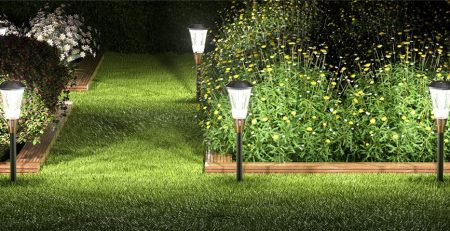
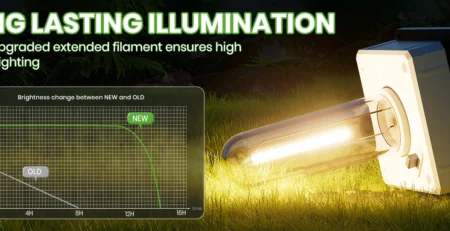
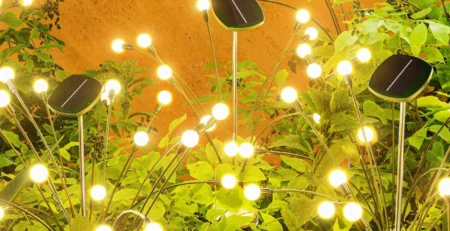

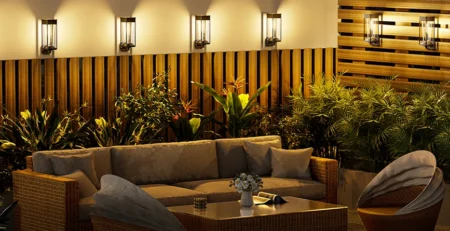
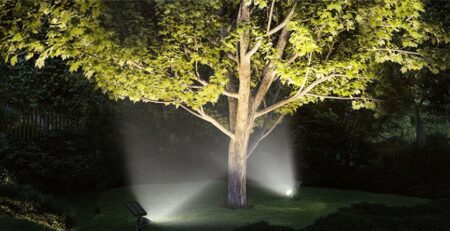
-2-450x231.webp)
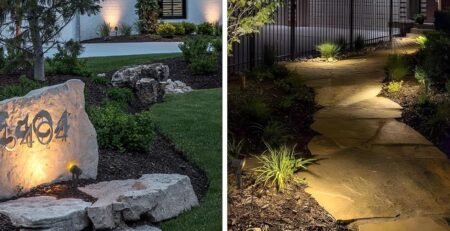
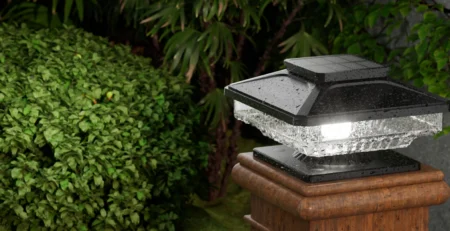
Leave a Reply